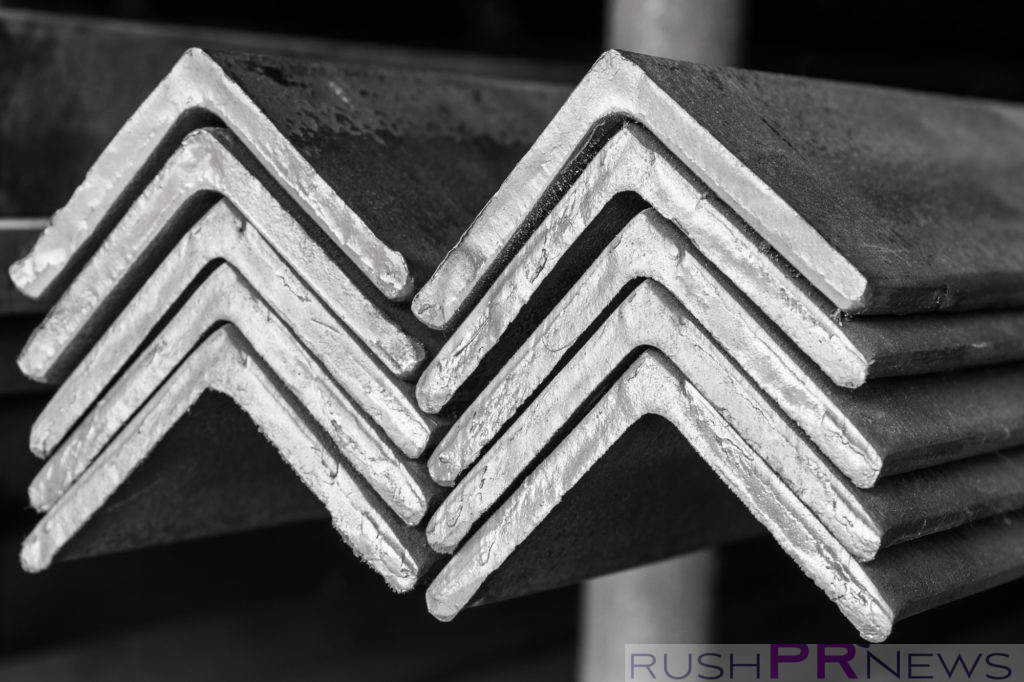Did you know steel roofs can last over 50 years while traditional roofs only last 17 years?
Are you constructing with steel? Steel comes in many types, shapes, and sizes. To ensure you’re using the best, here are the 7 types of steel.
The 7 Types of Steel to Use in Construction
When it comes to construction there is no material like steel. No material can match the durability. Let’s chat about 7 different types of steel.
1. Structural Steel
Structural steel is durable and strong. It can be transformed into any shape including but not limited to I-Beam, L shape, T shape, and Z shape. This type of steel can be constructed in no time on the construction site.
High-rise buildings and skyscrapers are constructed using structural steel but it’s also used for garages and large agricultural buildings.
Benefits of structural steel include:
- Fire resistant: Its reliable for protection against fires.
- Customizable: Useful for designers because it has the ability to take on so many shapes. Practical for simple to complex designs.
- Affordable: Return of investment is closely associated with its strength and reliability since it will last for decades.
- Strength and durability: It has the ability to withstand weather conditions wear and tear. It’s stronger than most other materials including concrete.
- Environmentally safer: It has a low carbon effect and it’s recyclable. Makes it a popular choice for green businesses.
2. Rebar Steel
This steel is also known as reinforcing steel. Rebar is made from different alloys and grades of steel. Stainless steel rebar is rust resistant and used in poured concrete driveways and construction of buildings.
It’s commonly used as a tension device for reinforced concrete structures. Rebar steel is made from carbon steel.
It’s also used as a tensioning device to reinforce other masonry structures. This type of steel is durable, resistant and stiff. Rebar is very useful because of its recyclable tendencies.
Benefits of Rebar include:
- Easy to set into place before pouring the concrete
- Help reduce cracking and breaking common in concrete
- Gives strength to concrete
- Saves money for purchaser because whatever it’s used in will last longer
3. Alloy Steel
This type of steel has had small amounts of one or more alloying elements such as manganese, silicon, nickel, copper, chromium, titanium, and aluminum added to it. This mix gives out properties that aren’t found in regular carbon steel.
Alloy steel is usually more responsive to heat and mechanical treatments than carbon steel. Alloy steel is pretty popular because of their ease of processing, good mechanical properties, and availability.
Alloy steels are broken down into:
- Low alloy steels
- High alloy steels
Alloy steel benefits include:
- Strong
- Hard
- Tough
- Wear resistant
- Corrosion resistant
- Hot hardness
Keep in mind some of the above benefits may require heat treating.
Alloy steel is sometimes found in spacecraft, nuclear reactors, and turbine blades of jet engines.
4. Mild Steel
This type of steel is also known as plain carbon steel. It’s steel with carbon content up to 2.1% by weight.
Mild steel is also used in steel building constructions. It’s durable and strong and makes for a sturdy establishment.
Mild steel is also very flexible which doesn’t allow it to crack when its bent. Due to its strength, it’s more suitable for buildings. This type of steel is able to withstand earthquakes making it very popular in earthquake-prone areas.
5. Stainless Steel
This steel is a steel alloy but with increased corrosion resistance compared to alloy steel. Common ingredients mixed with stainless steel include chromium, nickel, or molybdenum.
Stainless steel contains chromium at 10% or more by weight. This extra chromium gives steel its unique corrosion resisting properties. The chromium content allows the formation of a rough corrosion-resisting chromium oxide film on the surface.
If the film is damaged mechanically or chemically its self-healing as long as oxygen is present.
Many kitchen appliances are made from stainless steel. Food and handling processing, medical instruments, and hardware are also made from stainless steel. There are more than 60 grades of stainless steel and you can purchase stainless steel in a variety of shapes and sizes from https://fastmetals.com/pages/flat-stock.
Stainless steel benefits include:
- Corrosion resistance: Lower alloyed steel resist corrosion Fire and heat resistance: high chromium resists scaling and retains strength during high temperature strength
- Strength to weight advantage: Its work-hardening property results in a significant strength increase which allows reduced material thickness in turn saving costs
- Hygiene: Easy to clean, makes it a good choice for kitchens, hospitals, and food processing plants
6. Tool Steel
This steel is extremely hard and usually used to form other metal products.
Different tool applications include:
- Cutting applications
- Mold-making applications
- Impact applications (like hammers)
- Knives
Tool steel comes in various shapes including square bar, round bar, and flat bar just to name a few.
Six groups of tool steels:
- Water-hardening
- Shock-resistant
- Hot-work
- Special purpose
- Cold-work
- High-speed
7. Light Gauge Steel
This type of steel is known to offer a range of benefits due to its unique lightweight characteristic including:
- Faster construction
- Safe to work with
- Cost-effective
- Easy to handle during fabrication
- Highly sustainable method of construction
- Production is energy efficient
Light gauge steel is used in modular construction, storage, light-steel framed buildings, and loads from walls above and resisting lateral wind loads. Learn more about where light gauge steel is used.
Steel Will Continue to Gain Popularity
Steel construction seems to gain popularity every day because of so many benefits over other building materials. Many of the greatest architectural wonders have been constructed through the use of steel with different types of steel.
Want to see a neat all steel project? Check out our article about these fun dormitory units.



